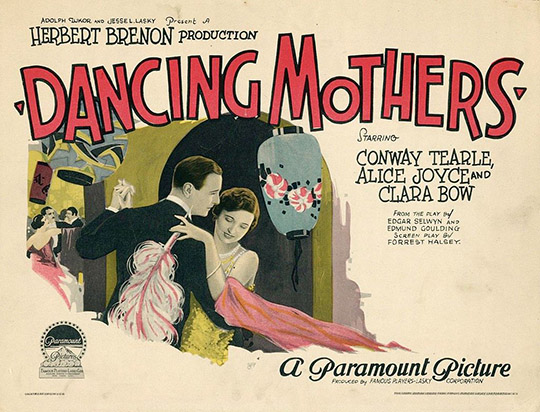The San Francisco Silent Film Festival unspooled 20+ films last week at the Palace of Fine Arts. The festival's usual home, the Castro Theatre, is currently being destroyed as a movie palace by Another Planet Entertainment while they repurpose that building for a concert venue.
The huge hall surrounding the Palace of Fine Arts has been used over the decades for everything from Parks storage to tennis courts to a telephone book distribution center. The theater was added to the structure in 1970.
Of all the arts, movies are the most direct at transporting a viewer through time, and silent films doubly so. This makes the experience of watching old-time movies in a theater with an audience and live musicians feel paradoxically modern. !00+ years ago, movies were in their infancy, and audiences were not able to go back in time via cinema. We are in a new historical moment.
On Thursday the day began with a series of lectures and clips in a popular annual program called Amazing Tales from the Archives. A dry, witty Bryony Dixon, silent film curator at the British Film Institute, introduced a series of clips from travel shorts of the 1920s called Travelaughs that featured the young Michael Powell, future director, as a goofball nature lover. This was followed by the academic Denise Khor, above, introducing the 1914 The Oath of the Sword, a 30-minute variant on Madame Butterfly made by an all Japanese-American cast and production company.
All the clips were accompanied by Stephen Horne, my favorite silent film composer/improviser. He plays piano with the occasional additions of a flute or accordion, and he somehow manages to inhabit the interior of characters in a penetrating, often melancholic fashion.
The afternoon movie was a Clara Bow double-bill, starting with a 1923 short called The Pill Pounder. Thought to be forever lost, a partial print was recently discovered at a film distribution parking lot sale in Omaha, Nebraska. The feature was the 1926 Dancing Mothers, which was a direct hit of time travel to the Prohibition Jazz Age era among New York socialites. The melodramatic plot surprisingly resolved as a riff on A Doll's House, except drenched in sex, cigarettes, and booze.
The Palace of Fine Arts is a slog to get to via public transportation, but there are compensations, such as a series of young women dressed in fabulous outfits posing all over the Palace on a cold, rainy Saturday night.
That's when we returned to see a Buster Keaton double bill accompanied by the Mont Alto Motion Picture Orchestra.
The main feature was the 1934 Sherlock, Jr., but the real revelation, and the funnier film, was the 1920 short One Week. When the grotesque, assemble-it-yourself home starts rotating during a storm, it's one of the most inspired Keaton sequences ever.
I could only go out twice because I had to mostly stay in bed last week for boring reasons, but was able to read the 120-page program which is an unusually beautiful and brilliant collection of essays and photos by writers and historians from around the world.











1 comment:
Charming
Post a Comment